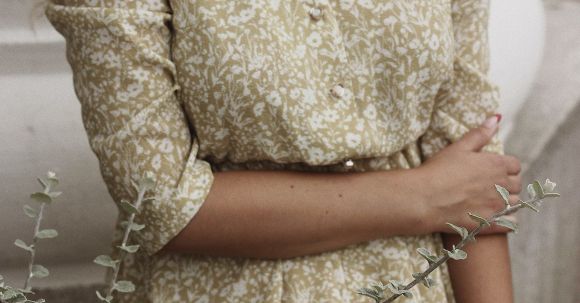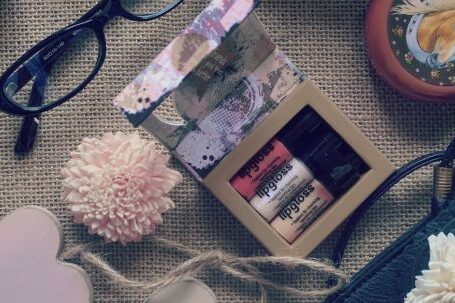Do you ever find yourself standing in front of your overflowing closet, feeling utterly clueless about what to wear? You are not alone. Putting together a stylish and harmonious outfit can be quite a challenge. But fear not! The secret to a well-coordinated ensemble lies in the art of color coordination.
Color coordination is the art of combining colors in a way that creates a visually pleasing and balanced outfit. It involves understanding the color wheel and how different hues interact with each other. By mastering this skill, you can effortlessly bring harmony to your outfit and elevate your style game.
The first step in color coordination is to understand the color wheel. The color wheel is a visual representation of the primary, secondary, and tertiary colors. It helps us understand how colors relate to each other and how they can be combined effectively. By familiarizing yourself with the color wheel, you can create outfits that are visually appealing and cohesive.
One popular color coordination technique is the monochromatic scheme. This involves using different shades and tints of a single color. For example, you could pair a light blue shirt with dark blue pants and accessorize with a navy blue belt. This creates a sophisticated and polished look that is easy on the eyes.
Another technique is complementary colors. Complementary colors are opposite each other on the color wheel. When combined, they create a vibrant and eye-catching contrast. For instance, you could pair a yellow top with purple bottoms or a red dress with green accessories. This bold combination will surely make a statement and turn heads.
Analogous colors, on the other hand, are adjacent to each other on the color wheel. They create a harmonious and cohesive look. For example, you could pair a pink blouse with a purple skirt or a blue sweater with green pants. This combination creates a pleasing visual flow and is perfect for a polished yet relaxed outfit.
If you’re feeling adventurous, you can experiment with triadic colors. Triadic colors are evenly spaced on the color wheel and create a vibrant and balanced look. For example, you could pair a blue blazer with yellow pants and accessorize with a red handbag. This combination is bold and playful, perfect for making a statement.
When it comes to color coordination, neutrals are your best friend. Neutrals, such as black, white, gray, and beige, can be paired with any color and create a timeless and elegant look. They act as a canvas for your outfit and allow the colors to shine. For example, you could pair a black dress with colorful accessories or a white shirt with vibrant pants.
Remember, color coordination is not just limited to clothing. It extends to accessories, shoes, and even makeup. By coordinating the colors of your accessories with your outfit, you can create a cohesive and polished look from head to toe. For example, if you’re wearing a green dress, consider accessorizing with gold jewelry and a brown handbag for a harmonious and put-together ensemble.
In conclusion, color coordination is the key to bringing harmony to your outfit. By understanding the color wheel and experimenting with different color schemes, you can create visually pleasing and balanced ensembles. Whether you opt for a monochromatic look, complementary colors, analogous colors, or triadic colors, make sure to have fun and express your personal style. So next time you find yourself staring at your closet, remember the power of color coordination and let your outfit shine.





